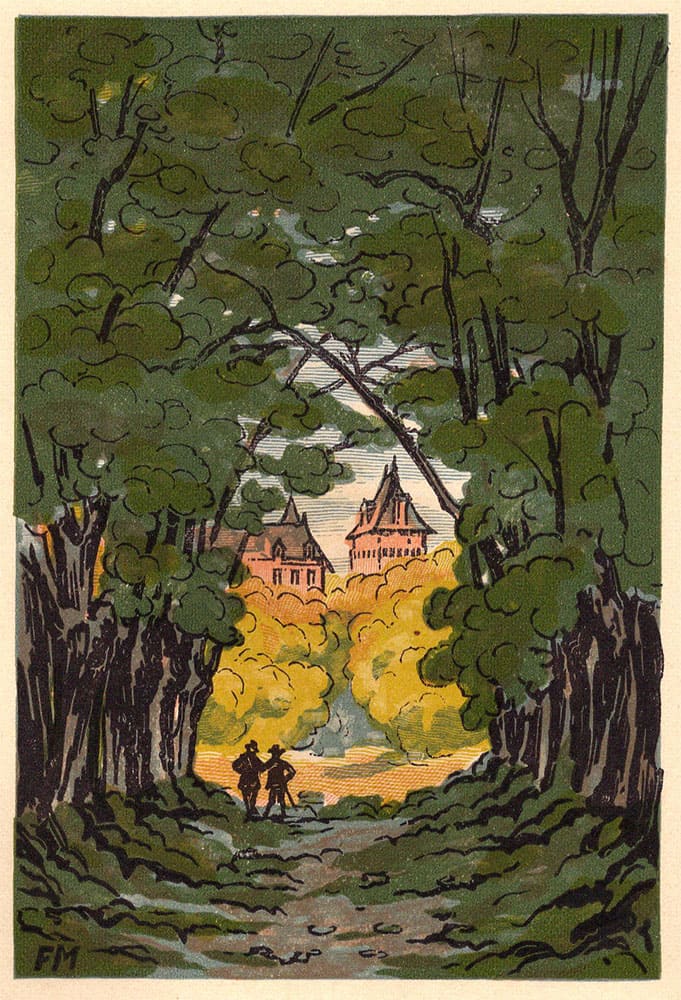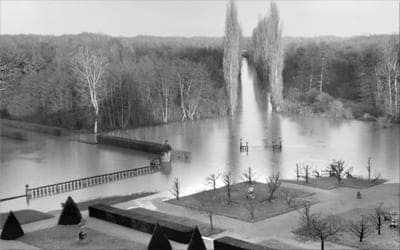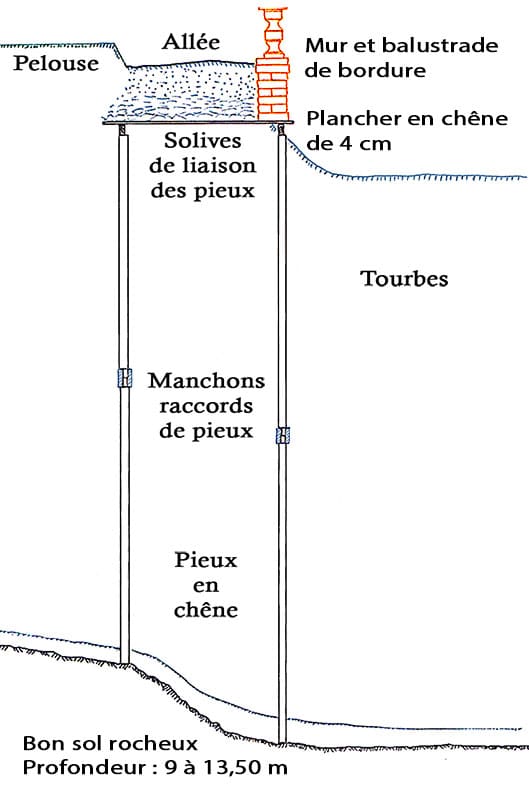The gardens of La Quintinie
Held by piles in the middle of the marshes
The creation of gardens
In the 17th century, Jean-Louis de Courbon was the lord of the place. In the second half of the century, he created superb French-style gardens stopped to the west at the Bruant watercourse and developed on the esplanade between two Louis XIII pavilions. In the 18th century, the gardens gradually fell into oblivion as the Courbons lived near Paris to be closer to the King's court.
Pierre Loti's appeal
At the end of the 19th century, the abandoned castle was for Julien Viaud, the future Pierre Loti (1850-1923), a place for walks, daydreams and inspiration (see Prime Jeunesse).
In memory of this youth and in the face of the destruction of his "dear forest", he launched a vibrant appeal (Le Figaro, October 21, 1908) for a savior to stop the felling of the woods and buy the castle.

The renaissance of gardens
It was in 1920 that Paul Chénereau (1869-1967), a native of the country, acquired La Roche Courbon. From 1928 to 1939, he brought to life the marvel of gardens that we can admire today. A long exchange of ideas and numerous projects between the landscape architect Ferdinand Duprat (1887-1976) and Paul Chénereau allowed the composition of this ensemble, imbued with serenity and balance. The design on the west side, hitherto stopped at Le Bruant, is thus extended by the digging of a pond, the construction of a pier downstream from the gardens and the creation of a waterfall leaning on the hill.
Revenge of the Swamps

Twenty years later, the marshes which allowed the defense of the castle have insidiously become the enemies of the gardens: they cause the balustrades, watchtowers, paths and shrubs to collapse at a rate of 8 cm per year. Gardens are once again under threat.
The only solution found by Jacques Badois, son-in-law of Paul Chénereau and father of the current owner of La Roche Courbon (Christine Sébert): rebuild the gardens on stilts.

A permanent exhibition traces, in 20 panels, the history of these gardens, from prehistory to the present day.
FR3 report in June 2013 on the gardens of La Roche Courbon:
